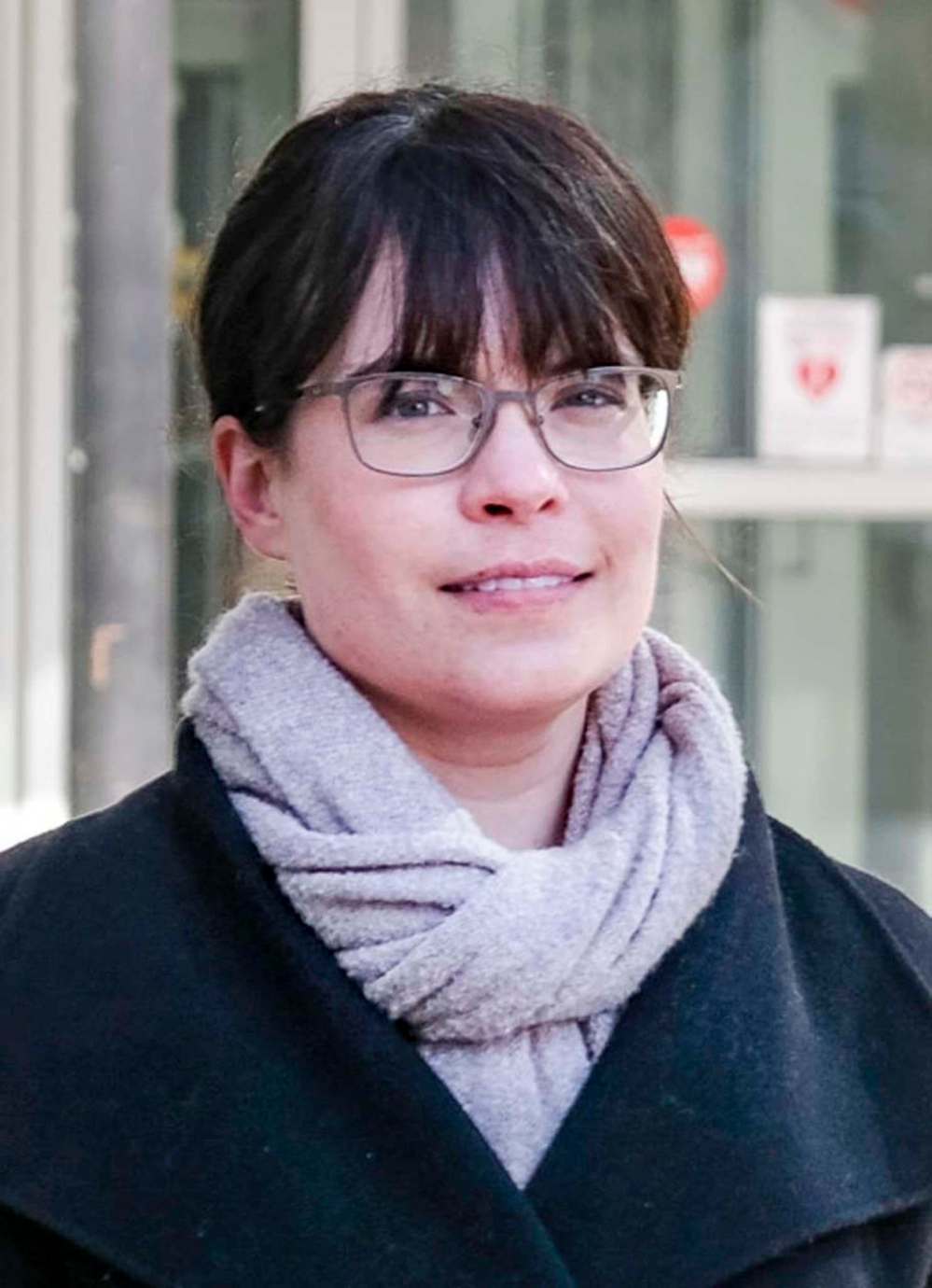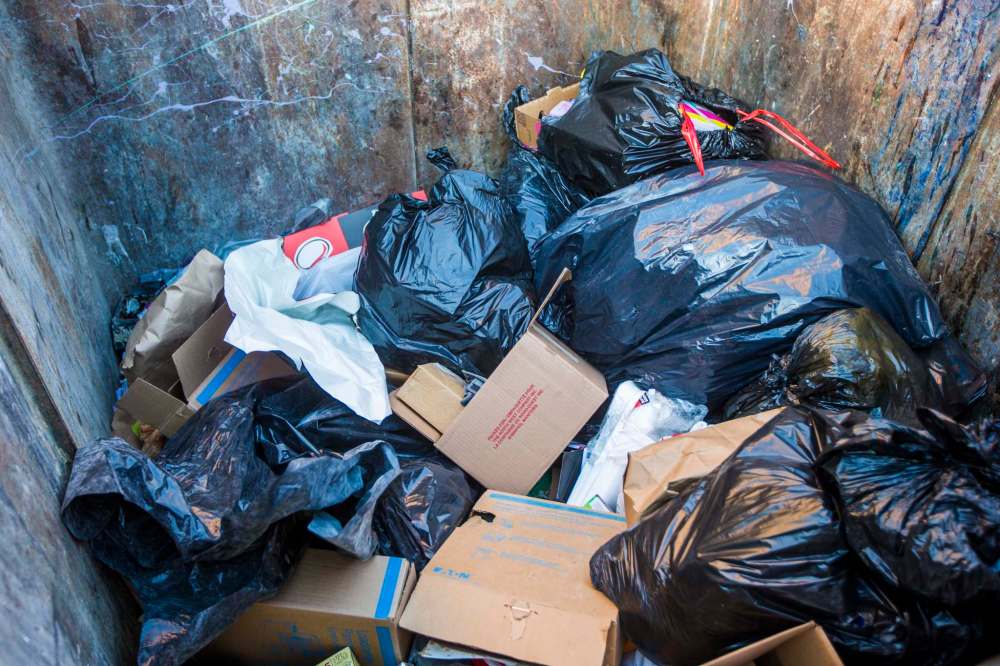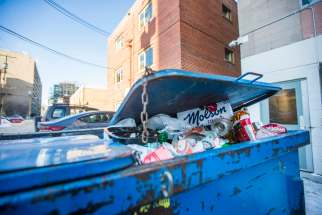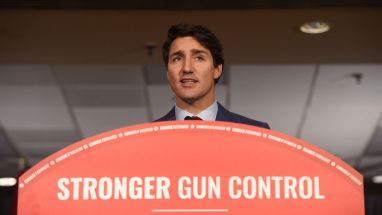Wasted opportunity Winnipeg stuck on landfill diversion plateau
Read this article for free:
or
Already have an account? Log in here »
To continue reading, please subscribe:
Monthly Digital Subscription
$0 for the first 4 weeks*
- Enjoy unlimited reading on winnipegfreepress.com
- Read the E-Edition, our digital replica newspaper
- Access News Break, our award-winning app
- Play interactive puzzles
*No charge for 4 weeks then price increases to the regular rate of $19.00 plus GST every four weeks. Offer available to new and qualified returning subscribers only. Cancel any time.
Monthly Digital Subscription
$4.75/week*
- Enjoy unlimited reading on winnipegfreepress.com
- Read the E-Edition, our digital replica newspaper
- Access News Break, our award-winning app
- Play interactive puzzles
*Billed as $19 plus GST every four weeks. Cancel any time.
To continue reading, please subscribe:
Add Free Press access to your Brandon Sun subscription for only an additional
$1 for the first 4 weeks*
*Your next subscription payment will increase by $1.00 and you will be charged $16.99 plus GST for four weeks. After four weeks, your payment will increase to $23.99 plus GST every four weeks.
Read unlimited articles for free today:
or
Already have an account? Log in here »
Hey there, time traveller!
This article was published 17/02/2021 (1760 days ago), so information in it may no longer be current.
Between schooling and work, infectious disease specialist Lauren MacKenzie has lived in a number of Canadian cities. It was Winnipeg, however, that astonished her — at how poorly the city managed its residential waste.
When MacKenzie landed in Winnipeg, she moved into an apartment building in the Exchange District. She knew she would be moving from a city with a full compost program to one without, but she hadn’t been ready to go even without recycling services.
The building’s landlord didn’t, and wasn’t going to, offer one.

“I was shocked. I was angry. I couldn’t believe that the solution that we were being given was to just drop off our recycling into a dumpster to go to the dump… I talked to the landlord and found out that, no, there was no requirement for them to offer recycling services at the building,” MacKenzie said.
It wasn’t just her first impression.
Winnipeg ranks among the worst in the country at keeping its waste from hitting the dump. Various programs such as recycling and compost can be used to divert discarded items but Winnipeg has failed to keep up with best practices developed in other jurisdictions.
The city has no bylaws in place that would require multi-unit buildings (apartment complexes or condos) to offer recycling services and, as a result, many don’t. In other Canadian cities, such mandates are on the books.
For MacKenzie, the drive to divert some of her waste from the landfill was important enough that every week or so she’d pack up her car full of recyclables and haul them down to one of the city’s drop-off depots. But she knows, based on the contents of the waste bins at her building, that most of her neighbours weren’t putting in the effort.
“I thought that was a fairly basic amenity to have access to. And, I think that in order to make impacts in terms of recycling, it has to be easy for people to do,” MacKenzie said.
The latest data from 2019 shows Winnipeg’s waste diversion rate is roughly 31.9 per cent. This ranks among the lowest of big Canadian cities. In 2018, Ottawa’s waste diversion rate was estimated to be 44 per cent. In Toronto, it was 53 per cent as of 2019.
Vancouver is a leader, diverting approximately 64 per cent of its waste from garbage dumps.
“It’s always going to be in that 32 to 33 per cent (range), I think we’ve kind of hit that plateau.” – Michael Gordichuk, manager of solid waste for the City of Winnipeg
Michael Gordichuk, manager of solid waste for the City of Winnipeg, says the local diversion rate fluctuates somewhat from year to year, but hasn’t moved in a meaningful way for some time.
“It’s always going to be in that 32 to 33 per cent (range), I think we’ve kind of hit that plateau,” Gordichuk told the Free Press.
He said the recycling programs are performing pretty well, but moving out of the mid-30s range would require a composting program — the big difference between Winnipeg and its peers. (The city launched a two-year residential food waste collection pilot project in October 2020.)
The city is constantly reviewing waste policies, but nothing is currently in the works to mandate multi-unit buildings to provide recycling services, Gordichuk said.
Previously, the City of Winnipeg had in place a goal to increase its waste diversion rate to 50 per cent but, Gordichuk said, the goal was dropped because, without a full-scale composting program, it was never going to be an attainable goal.
Saskatchewan neighbours Saskatoon and Regina have lower diversion rates than Winnipeg, but both have maintained goals to reach 65 and 50 per cent diversion rates, respectively, in the coming years.

Calgary is among the most recent adopters of a citywide composting program, with its rollout beginning in mid-2017. In 2016, the city’s diversion rate was 18 per cent; by 2020, it had risen to 50 per cent.
“Calgarians have really embraced the (compost) program. We are collecting about 30 per cent more food and yard waste than expected. In the last three years of the program, we have collected 365,000 tonnes of food and yard waste,” said Laura Hamilton, a waste diversion specialist for the City of Calgary.
Winnipeg’s Brady Road landfill is the second-largest single emitter of greenhouse gases in the province, as organic materials break down in anaerobic conditions and produce methane. Millions of dollars have been spent in the last decade to try and capture and burn off these emissions to lower their climate impact.
Recently, the government of Manitoba conducted a public poll to understand the obstacles in place in different parts of the province to diverting waste.
A spokesperson said the province was unable to comment on how policies might be developed to encourage higher diversion rates until the polling data was fully reviewed.
sarah.lawrynuik@freepress.mb.ca






